Water Filter Housings
Whether you’re protecting your home’s drinking water system or managing filtration in a large industrial setup, the right water filter housing ensures pressure resistance, leak prevention, and system longevity.
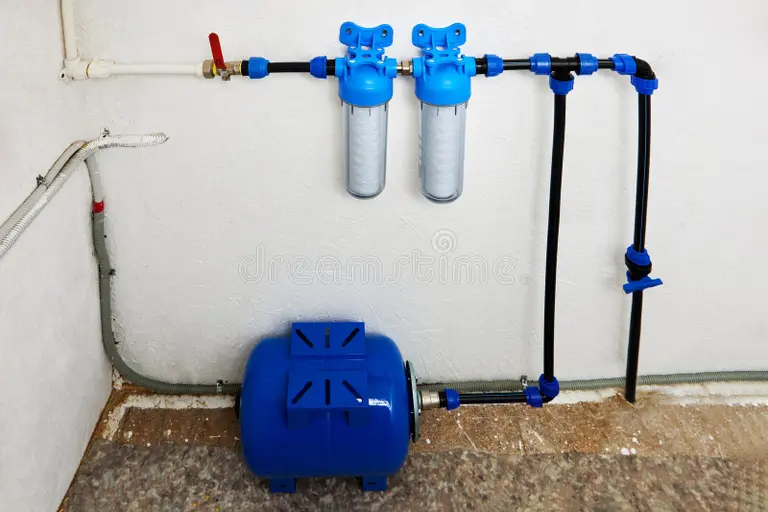
What is a Water Filter Housing?
A water filter housing is a pressurized outer shell that holds your filtration cartridge while connecting seamlessly with your plumbing. It ensures clean, contaminant-free water and protects filter elements from damage caused by pressure, temperature, or UV exposure.
Key Components:
Head Assembly – Inlet/outlet ports (¼” to 1″ NPT or push-fit)
Filter Bowl – Clear or opaque casing that holds the cartridge
Sealing System – O-rings (Buna-N, EPDM) for a watertight seal
Types of Water Filter Housings
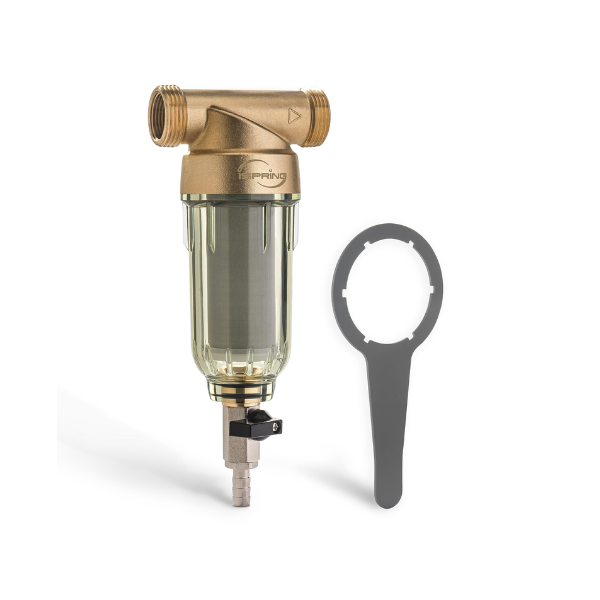
Standard Spin-Down Filter Housings
Best For: Whole-house sediment filtration
Flow Rate: 5–20 GPM
Features:
-
- Manual flush valve for quick cleaning
- Available in 10″, 20″, and 4.5″ Big Blue sizes
- Most economical option ($20–$150)
Not suitable for carbon filtration. Designed for sediment only.
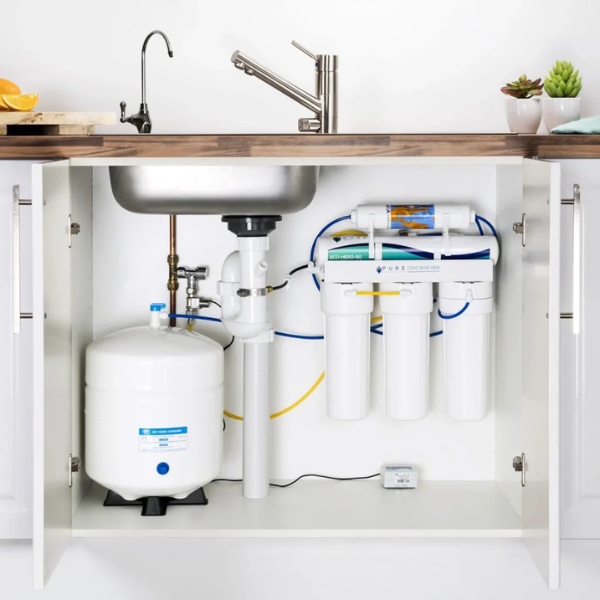
Reverse Osmosis (RO) Filter Housings
Application: Residential and commercial RO systems
Pressure Rating: 150–300 PSI
Features:
-
- Color-coded stages (White = Sediment, Black = Carbon, Blue = Membrane)
- Reinforced for membrane use
- Annual membrane replacement required
Industrial RO housings (stainless steel) can handle up to 500+ PSI.
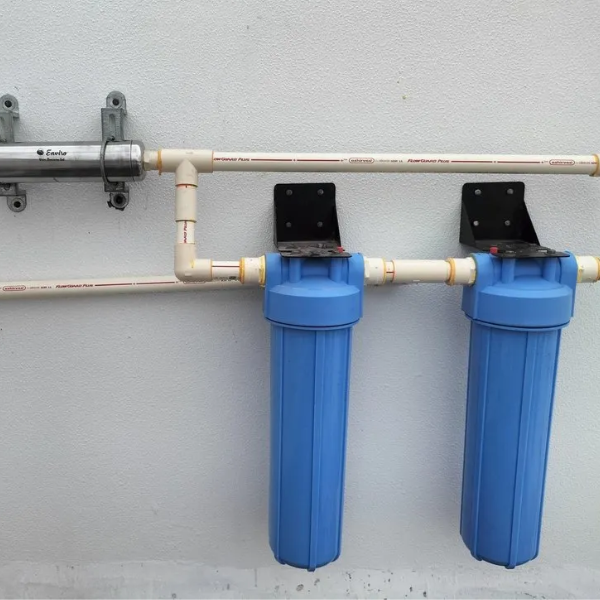
Jumbo (Big Blue) Filter Housings
Use Cases: Villas, apartments, and commercial units
Benefits:
-
- Larger diameter (4.5″) for high-flow systems (up to 20 GPM)
- Reduces filter change frequency
- Compatible with 10″ or 20″ jumbo cartridges
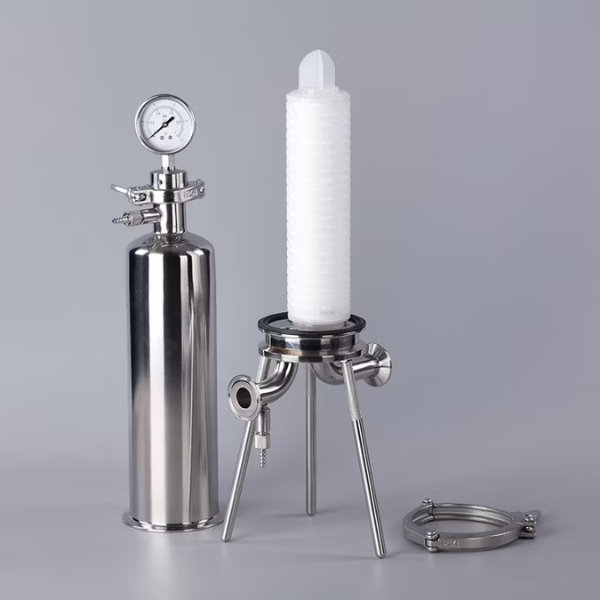
Stainless Steel Filter Housings
Made From: 304 or 316 stainless steel
Ideal For: High-pressure, high-temperature, or chemical-heavy environments
Benefits:
- Lifespan of over 15 years
- Withstands -40°F to 400°F
- Acid- and chlorine-resistant (316 grade)
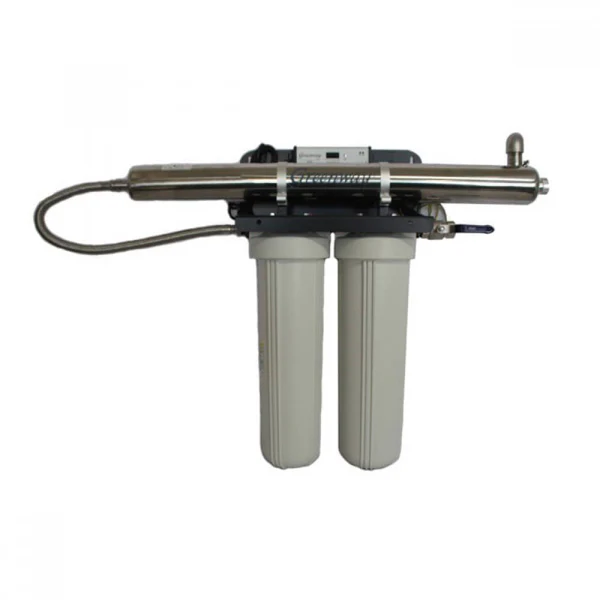
UV Filter Housings
Critical Components:
- Protects: Quartz sleeves and UV lamps in disinfection systems
- 304 or 316 stainless steel body
- IP68 waterproof rating
Sizing Guide:
| Flow Rate | Flow Rate | UV Lamp Wattage |
| <5 GPM | 1/2″ ports | 15W |
| 5-12 GPM | 3/4″ ports | 25W |
| 12-30 GPM | 1″ ports | 55W |
Installation & Maintenance Guide
1
Shut off water and release system pressure
2
Mount bracket to wall or floor securely
2
3
Wrap inlet/outlet threads with 3 layers of Teflon tape
4
Hand-tighten housing, then ¼ turn with wrench
4
5
Slowly repressurize and check for leaks
| Housing Size | Hand Tight Troque | Wrench Tight |
| 10-inch | 12 ft-lbs | +1/4 turn |
| 20-inch | 15 ft-lbs | +1/4 turn |
Water Filter Housing Replacement
We offer replacements for:
Stainless steel industrial bodies
RO membrane housings
Big Blue filter housings
10″ and 20″ standard housings
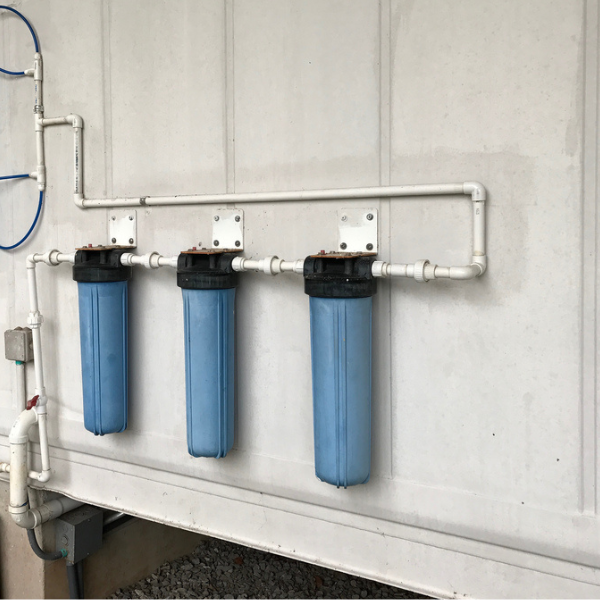
Applications
Residential Water Purification
Commercial Buildings & Apartments
Industrial Filtration Systems
RO + UV Water Purifiers
Pharmaceutical & Chemical Manufacturing
Stainless Steel vs. Plastic Filter Housings
| Feature | Stainless Steel | Plastic (Polypropylene) |
|---|---|---|
| Durability | 15–20 years | 3–5 years |
| Temp. Resistance | -40°C to 120°C | 5°C to 45°C |
| UV Resistance | Excellent | Low (clear bowls degrade faster) |
| Cost | High | Budget-friendly |
How to Choose the Right Housing?
Certifications: NSF/ANSI 42 & 61, FDA-compliant for food-grade applications
Connections: NPT Thread, John Guest push-fit, or Tri-clamp (for sanitary setups)
Pressure Rating: Min 100 PSI for home, up to 1,000 PSI for industrial systems
Material: Polypropylene (budget/residential), Stainless Steel (durable/industrial)
Size: Choose 10″, 20″, or Jumbo based on flow demand
Maintenance Schedule
Monthly
Visual check for cracks; O-ring inspection & lubrication (food-grade)
Quarterly
Sanitize housing with 3% hydrogen peroxide; test flow performance
Annually
Replace O-rings and cartridge filters; pressure test at 150% operating PSI
Every 5 Years
Replace clear plastic bowls (even if undamaged) for safety
Frequently Asked Questions
Can water filter housings be used outdoors?
Yes, but only if UV-resistant materials are used (opaque or stainless steel), and insulated in cold climates.
Why does a new housing leak?
Most leaks are due to missing Teflon tape, cross-threaded fittings, or damaged O-rings.
How often should I replace my filters?
• Sediment filters: every 3–6 months
• Carbon filters: every 6–12 months
• RO membranes: every 12–24 months
